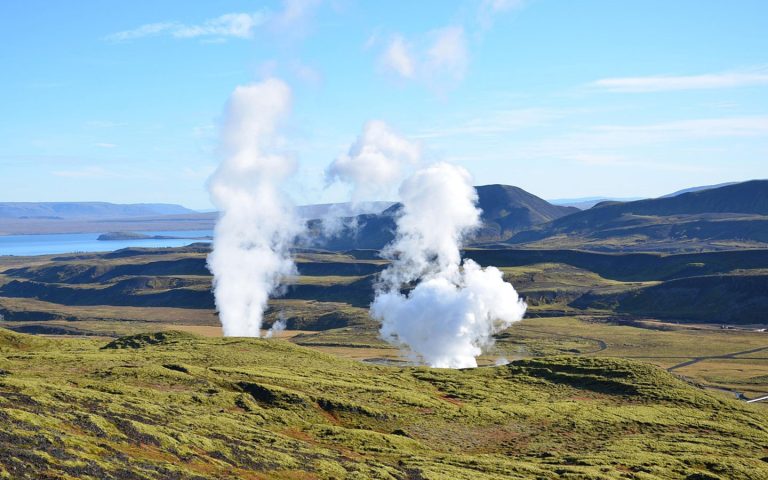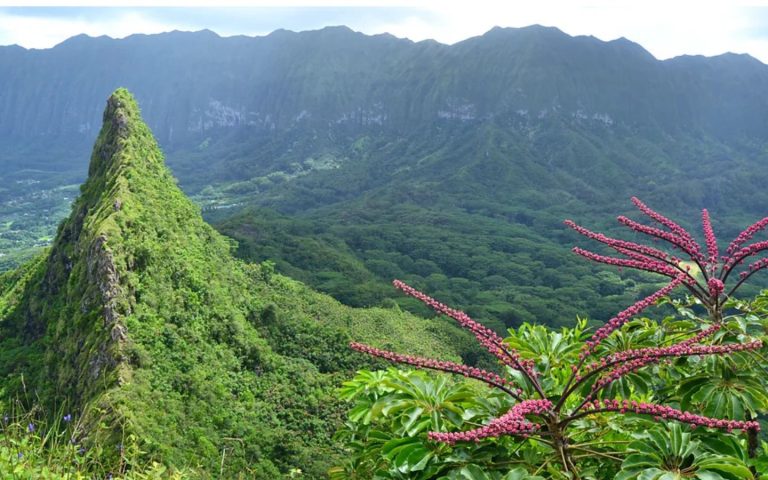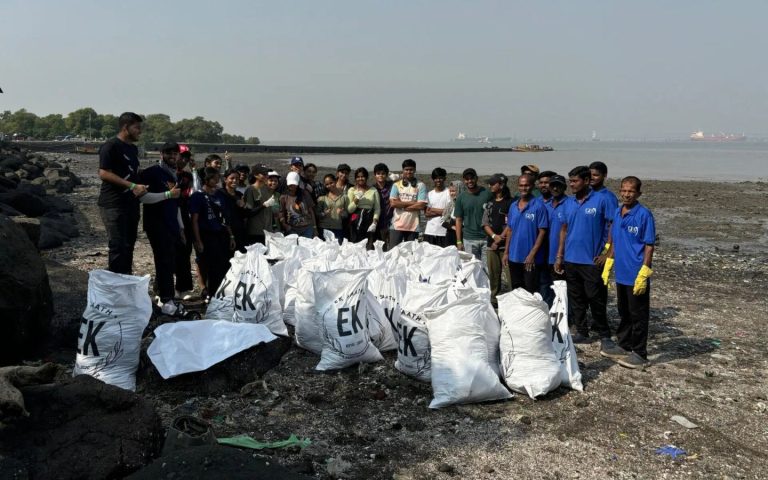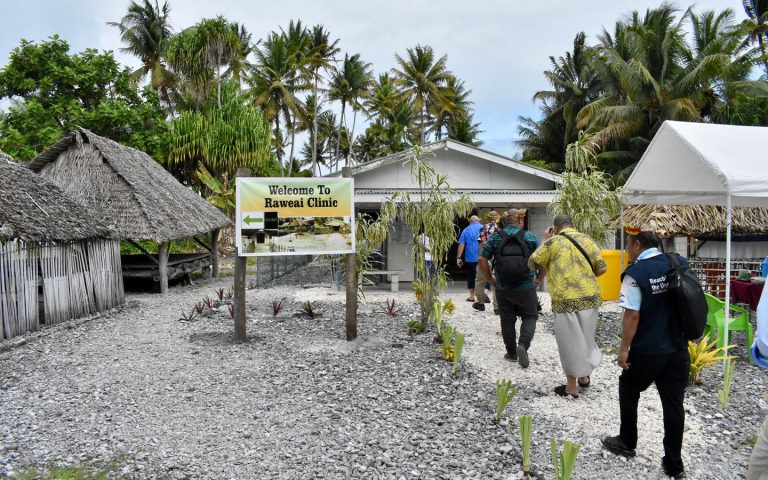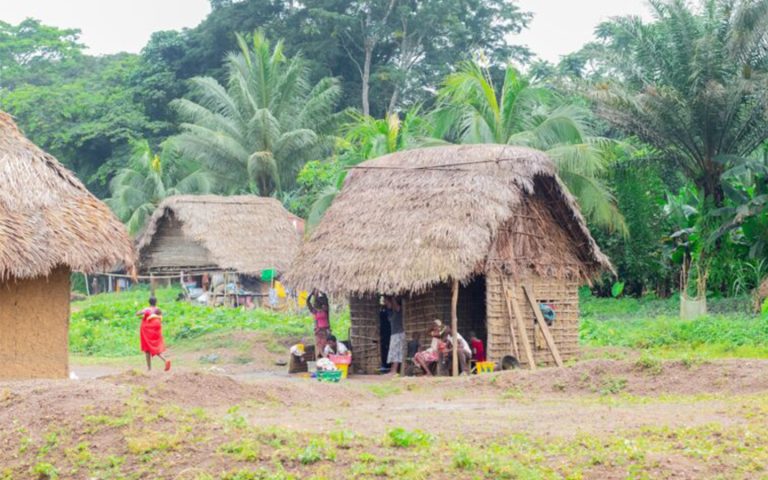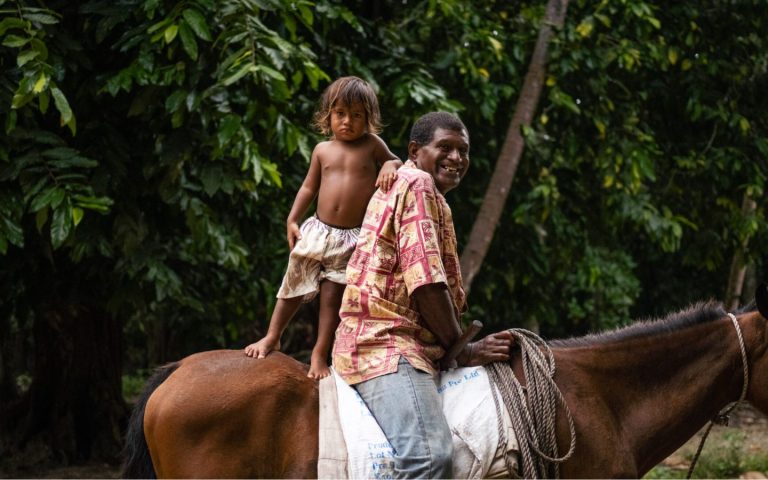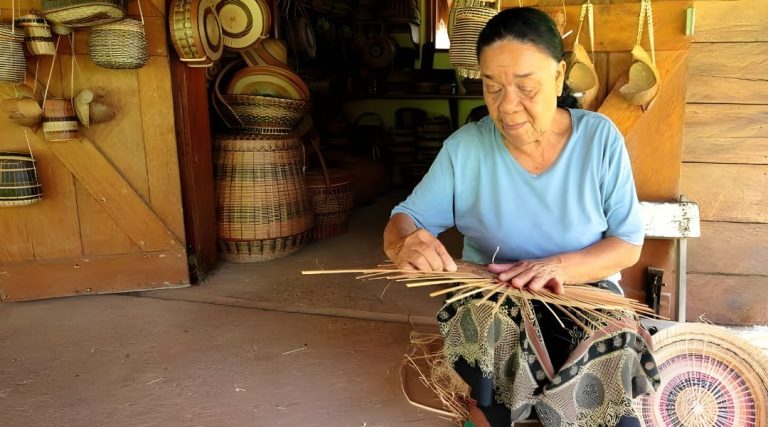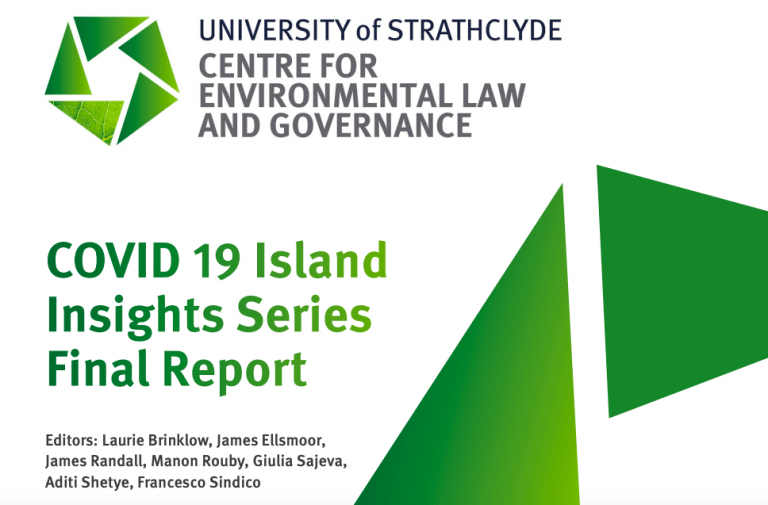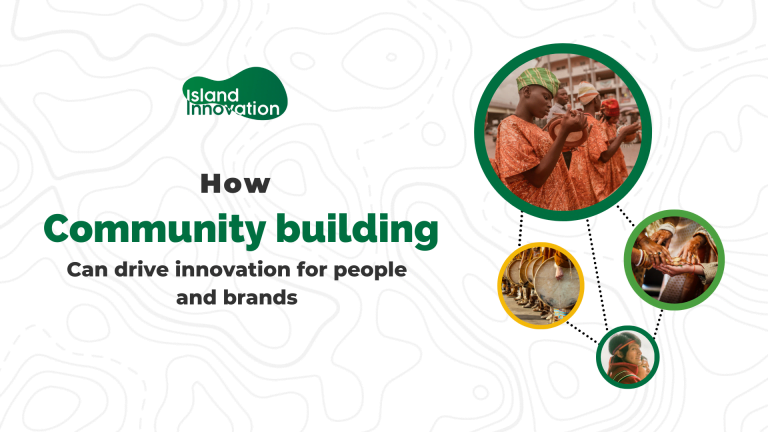Excerpt from onegreenplanet.org
Brazil’s volcanic Trindade Island has long captured the curiosity of scientists. However, the recent discovery of rocks composed of plastic debris on this isolated turtle haven is sounding the alarm. Melted plastic has merged with rocks on the island, which is located 708 miles from the southeastern state of Espirito Santo. Researchers believe this is a sign of humanity’s increasing impact on Earth’s geological cycles.
Fernanda Avelar Santos, a geologist at the Federal University of Parana, described the findings as “new and terrifying,” emphasizing that pollution has now entered the realm of geology. Santos and her team conducted chemical tests on the “plastiglomerates” – rocks consisting of a mixture of sedimentary granules and other materials bound together by plastic – to identify the type of plastics present.
According to Santos, the pollution primarily comes from fishing nets, which are a prevalent form of debris on Trindade Island’s beaches. “The (nets) are dragged by the marine currents and accumulate on the beach. When the temperature rises, this plastic melts and becomes embedded with the beach’s natural material,” she explained.
Trindade Island is one of the world’s most critical conservation areas for green turtles, or Chelonia mydas, with thousands arriving each year to lay their eggs. The island’s only human residents are members of the Brazilian navy, who maintain a base there and protect the nesting turtles. Santos revealed that the plastic samples were found in a permanently preserved area in Brazil, close to where the green turtles lay their eggs.


